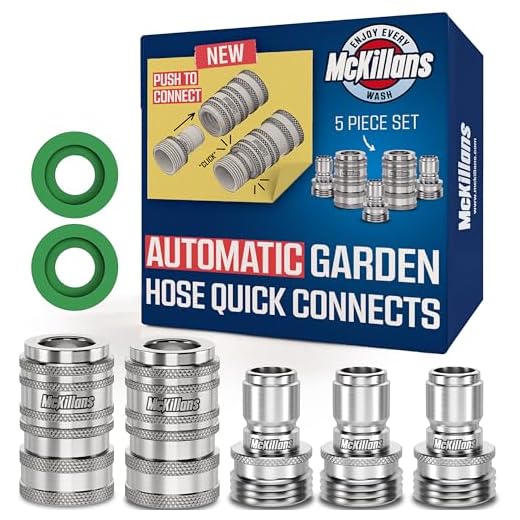



It’s crucial to understand that not every cleaning attachment will operate seamlessly with every pressure unit. When selecting a cleaning gadget, checking compatibility with your specific model should be your first priority. Different manufacturers utilise varying hose sizes and connection types, meaning a mismatch could lead to performance issues or even damage.
This is especially relevant for those looking to enhance their cleaning setup. A few popular pressure unit brands, such as Kärcher, Nilfisk, and Bosch, have unique fittings that may not accommodate accessories from others. It’s advisable to refer to the specifications provided by both the attachment manufacturer and your unit to ensure they align.
In many cases, adapters are available that can bridge the gaps in compatibility. Using these converters can expand your options significantly, providing flexibility without compromising performance. Always assess the pressure rating and flow requirements to prevent operational failures and ensure optimal usage.
Compatibility of Snow Foam Devices with Different Pressure Washers
The compatibility of foam applicators with various cleaning machines often relies on connection types and pressure specifications. Most commonly, these devices are designed to accommodate specific brands or models, which affects their interchangeability.
First, identify the type of connector on your machine. The most prevalent are M22 and 3/8″ quick-connect fittings. Ensure that your foam applicator matches this connector to facilitate a proper bond.
Next, consider the pressure rating of your washing machine. A foam device designed for lower pressure applications may not perform well with higher pressure models, potentially leading to subpar foam generation or equipment damage. Always check the manufacturer’s specifications.
Additionally, pay attention to the detergent dilution ratio recommended for your machine. Not all foam applicators can mix soaps effectively with water, which can impact cleaning outcomes.
Testing different brands can yield insights into which combinations work best. I have come across instances where popular foam applicators work seamlessly with several leading brands, while others are strictly tailored for specific models.
Ultimately, consulting product reviews and manufacturer’s guidelines before making a purchase can save time and effort in finding the right combination. Reliable customer feedback often highlights successful pairings, which can guide your decision-making process.
Understanding Pressure Washer Compatibility
Compatibility between different types of cleaning equipment is key for optimal performance. Here are some specific factors to consider:
- Connection Types: Check the connector of your spray device. The most common types include M22, 3/8 inch quick-connect, and others. Match the connector type and size.
- Operating Pressure: Ensure your cleaning accessory can handle the pressure output of your machine. Exceeding the recommended PSI can lead to equipment failure or reduced cleaning efficacy.
- Flow Rate: Verify that the gallons per minute (GPM) for your device aligns with the requirements of the cleaning tool. A mismatch can affect performance and result in suboptimal cleaning.
- Brand Specifications: Some brands manufacture connectors and accessories specifically tailored to their machines. Consult the manufacturer’s guidelines to ensure compatibility.
- Adaptors: If needed, consider using adaptors that enable connection between incompatible models. This can expand your options while maintaining functionality.
In my experience, cross-referencing these factors with your equipment specifications ensures a seamless partnership between your cleaning apparatus and attachments. Avoiding pitfalls in this area saves time and enhances cleaning results.
Common Snow Foam Gun Connection Types
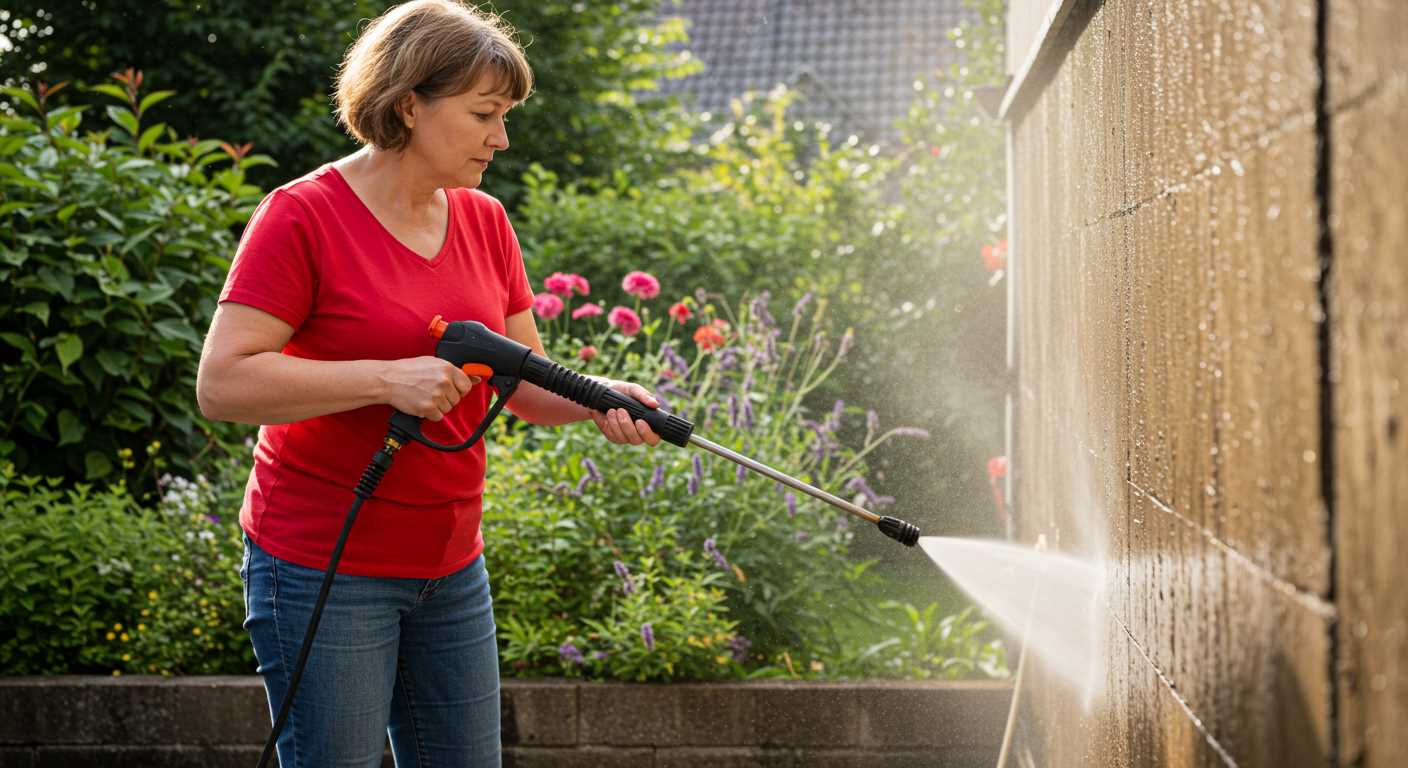
Understanding the various connections for these sprayers is crucial for compatibility and optimal usage with your cleaning system. Here’s a breakdown of the most prevalent types:
1. M22 Connection
The M22 fitting is widely regarded and often found in many mid-range and professional cleaning machines. This type allows for a threaded connection, ensuring a secure fit. To check compatibility, measure the diameter of your existing nozzle and ensure it matches the M22 specs–typically around 22mm at the outer part of the fitting.
2. Quick Connect Fittings
Quick connect systems are popular for their ease of use. These fittings allow for rapid connection and disconnection, usually with a simple push and pull mechanism. Various brands offer proprietary quick connectors, so always verify that your spray unit is compatible with your device’s specific make and model.
3. 1/4 inch Quick Connect
This size is frequently used in consumer-grade systems. It’s known for its versatility and compatibility with a range of equipment. If opting for this size, ensure that your device also accommodates a 1/4 inch fitting to prevent leaks and ensure proper operation.
4. Bayonet Fittings
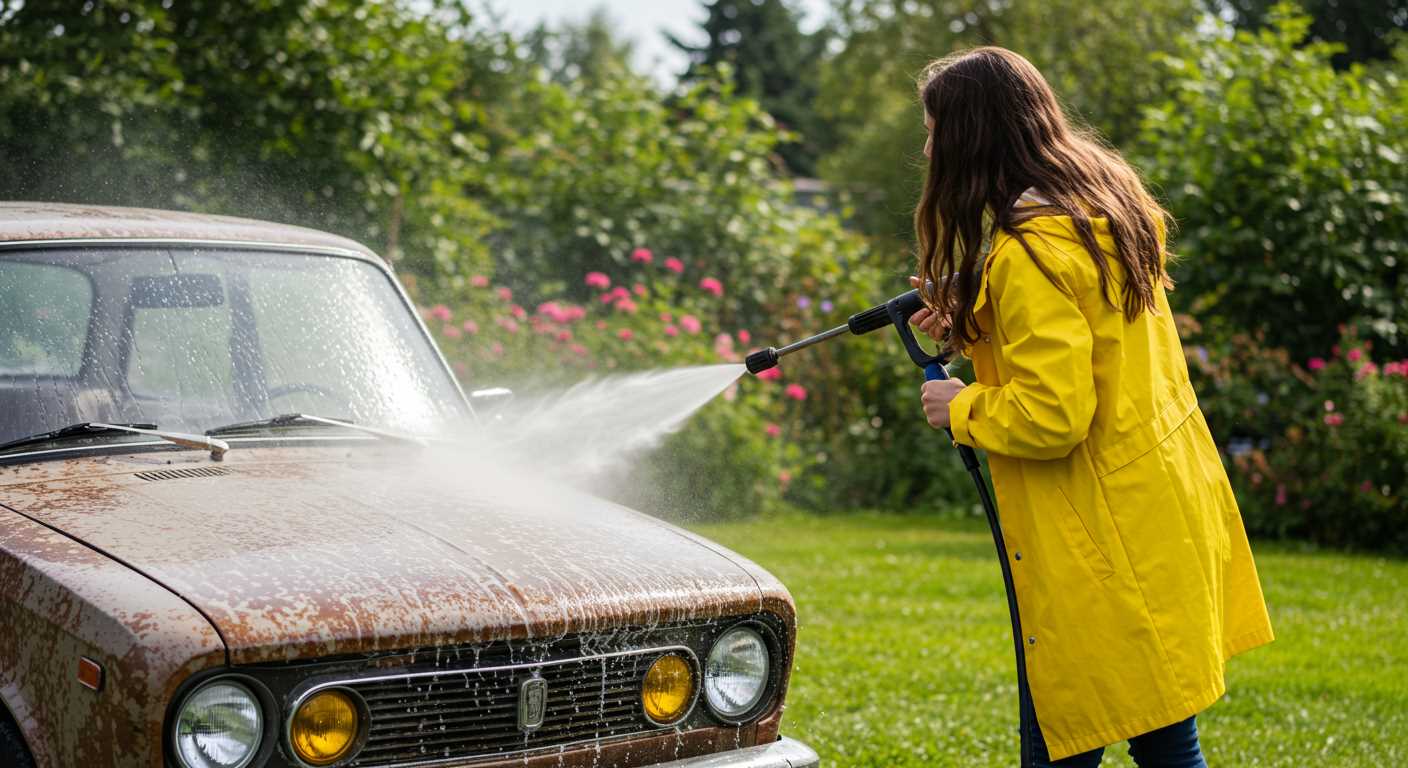
Though less common than others, some brands employ bayonet connections. These require aligning the fitting correctly before twisting to lock it into place. Always check for manufacturer guidance to ensure compatibility with your washing apparatus.
5. Unique Proprietary Systems
- Brand-Specific Connectors: Certain manufacturers design unique fittings for their models. Always refer to the brand’s specifications.
- Adapter Kits: If your connection type doesn’t match, consider utilizing adapter kits. These can bridge the gap between different connection styles effectively.
By identifying the connection type of your cleaning appliance and comparing it with the fittings available for the foam dispenser, you can ensure a seamless experience while using these products. Always refer to the manufacturer’s details for the most accurate compatibility information.
Assessing the Thread Size and Fitting
To ensure compatibility, check the thread size and fitting type of your equipment. A common size for connectors is 1/4 inch, but there are variations, including metric dimensions. Measure the existing connection on your washer before purchasing any attachments to avoid mismatches.
Adapting to different sizes is often possible through the use of adapters. However, these can affect performance; therefore, it’s wise to consult the manufacturer’s specifications to determine whether any modifications will maintain efficacy. Verify that the connections are robust enough to withstand high-pressure usage without leaking or failing.
Types of Connectors
In the market, you’ll find several types, such as quick-connect and threaded options. The quick-connect type allows for faster attachment and detachment, ideal for time-sensitive jobs. Threaded fittings, though slower to connect, provide a more secure and stable fit.
Tips for Ensuring Compatibility
When purchasing, I suggest buying from reputable retailers that clearly specify compatibility with various brands. Reading customer reviews can also provide insights into their practical experience. When in doubt, seek assistance to confirm that your selected cleaning tool aligns with your pressure device.
Brand-Specific Snow Foam Gun Adaptations
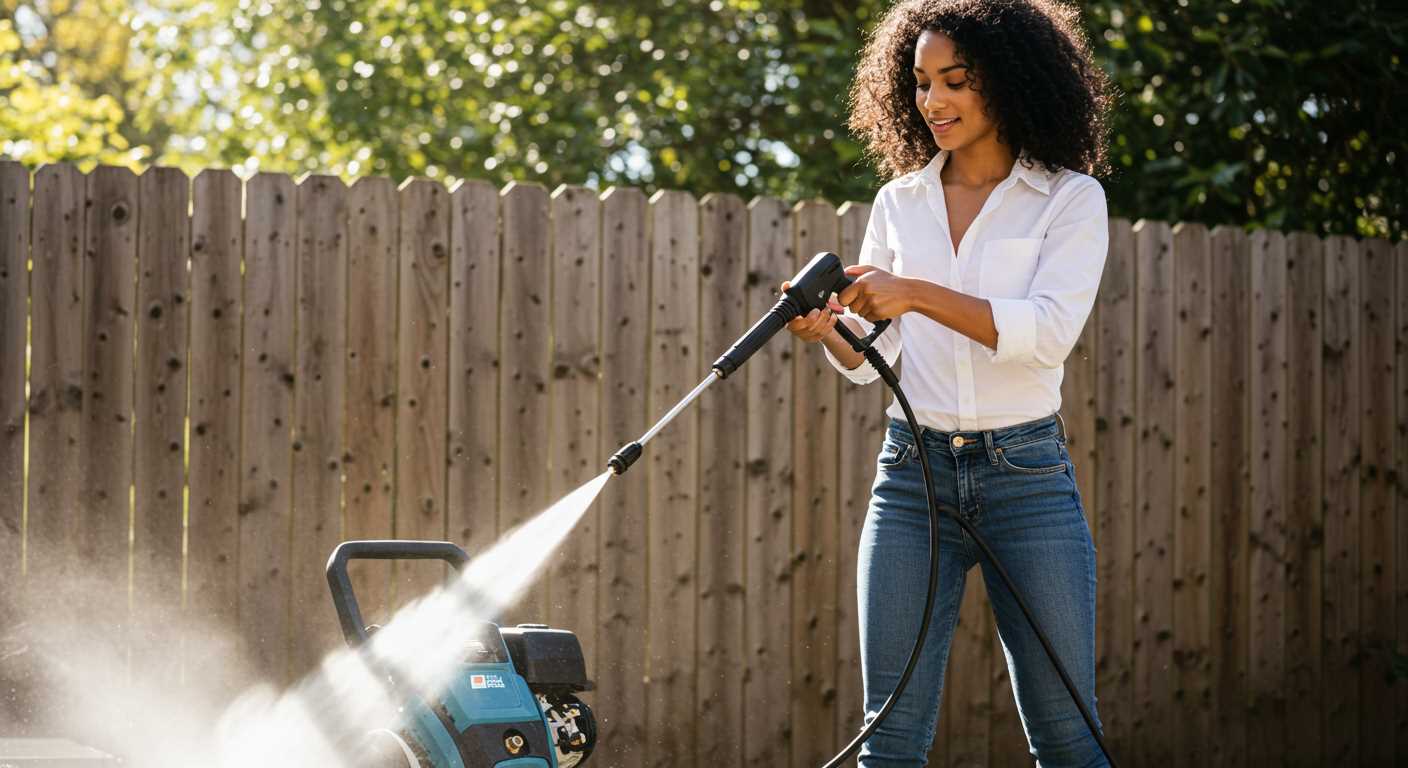
When selecting a cleaning attachment, compatibility with your machine is paramount. Different manufacturers design their equipment with unique specifications, resulting in variations that can limit interchangeability. For example, brands like Kärcher and Nilfisk have proprietary connectors that require specific adaptors or attachments for proper functionality. Thus, before making a purchase, check the product descriptions closely for any notes regarding compatibility with specific models.
Kärcher Connectors
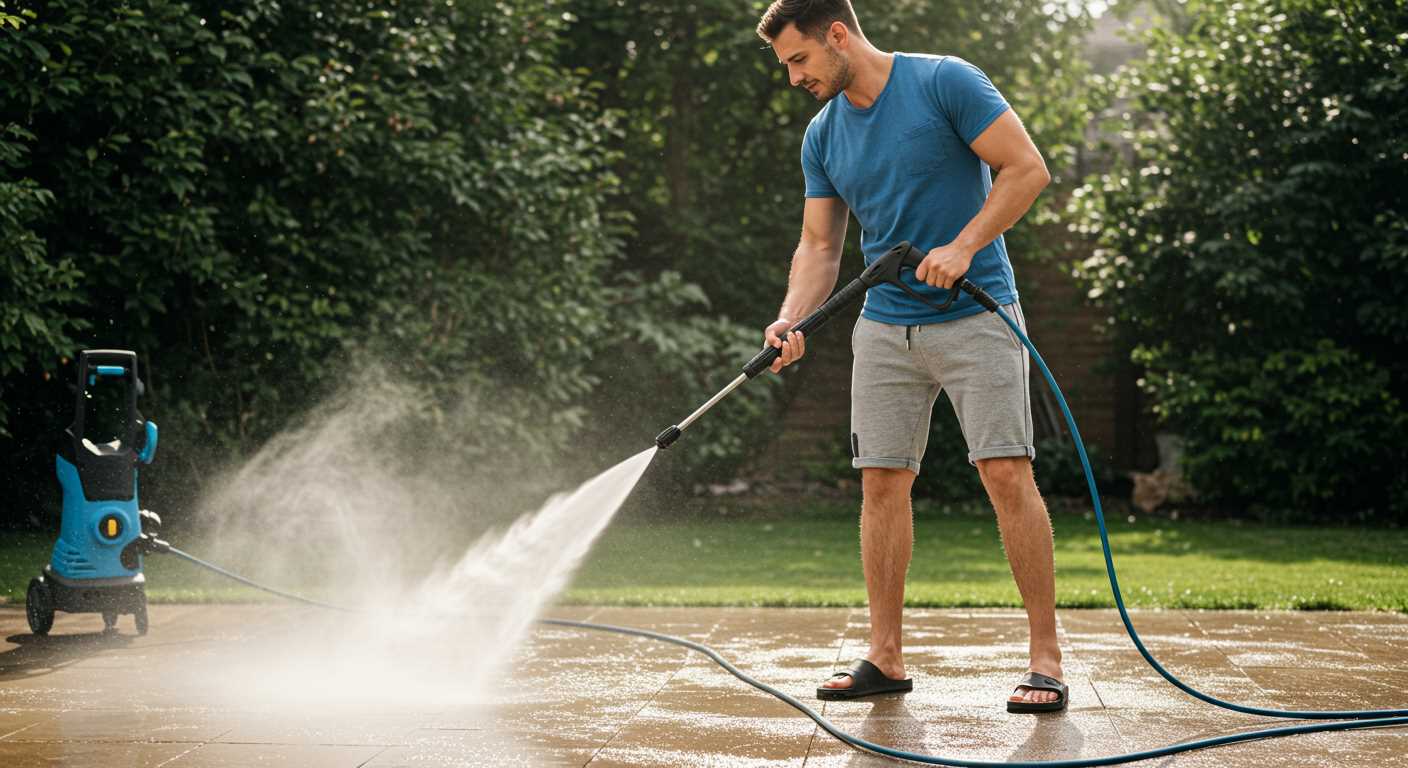
Kärcher pressure washers typically feature a bayonet connection system. Therefore, any cleaning accessory compatible with Kärcher must match this system. If you own a Kärcher unit, consider investing in the original branded foam lance to ensure optimal performance and fitting. Third-party options may work, but they often lead to leaks or reduced pressure if not properly matched.
Nilfisk Adaptations
Nilfisk machines frequently utilise a different type of connection, often a quick-connect fitting. When opting for a cleaning accessory compatible with such models, ensure that the thread size matches the specific Nilfisk fitting. Always verify the manufacturer’s specifications or consult their customer support to avoid complications.
Brands such as Ryobi and Bosch often employ unique connectors as well, making it crucial to research before purchasing a foam cannister. Adaptation kits are available for some models; understanding the thread standards and physical fittings will save unnecessary hassle during use.
How to Choose the Right Snow Foam Applicator
Selecting the appropriate applicator for cleaning requires a few key points to consider. First, assess the compatibility with your washer’s pressure rating. Each model varies significantly in performance, impacting the applicator’s effectiveness. Aim for a unit that aligns well with your machine’s specifications, generally falling within a range of 100 to 250 bar.
Connection Type Options
Identify the connection type specific to your equipment. Most applicators feature common connection threads such as M22 and 3/8 inch quick disconnects. Verify which type your device accepts to ensure easy attachment. This simple check can save time and frustration.
Spray Pattern and Nozzle Adjustability
Evaluate the design of the nozzle. Look for models that allow for adjustable spray patterns, which enhance versatility. An adjustable option lets you switch between wide coverage and focused streams, catering to various cleaning tasks–be it a delicate wash or heavy grime removal.
| Feature | Description |
|---|---|
| Pressure Rating | Choose accordance with your washer’s capabilities: typically 100-250 bar. |
| Connector Type | Check for M22 or quick disconnect compatibility for seamless use. |
| Adjustable Nozzles | Opt for adjustable settings for varied spray patterns and applications. |
| Quality of Material | Invest in well-constructed options for durability, especially with regular use. |
Consider the input of fellow users and reviews regarding performance. Input from others familiar with the equipment can guide you to make an informed choice, ensuring satisfaction with your selected applicator. Checking for warranties or guarantees from the manufacturer may also provide added assurance about the quality of your purchase.
Potential Modifications for Better Fit
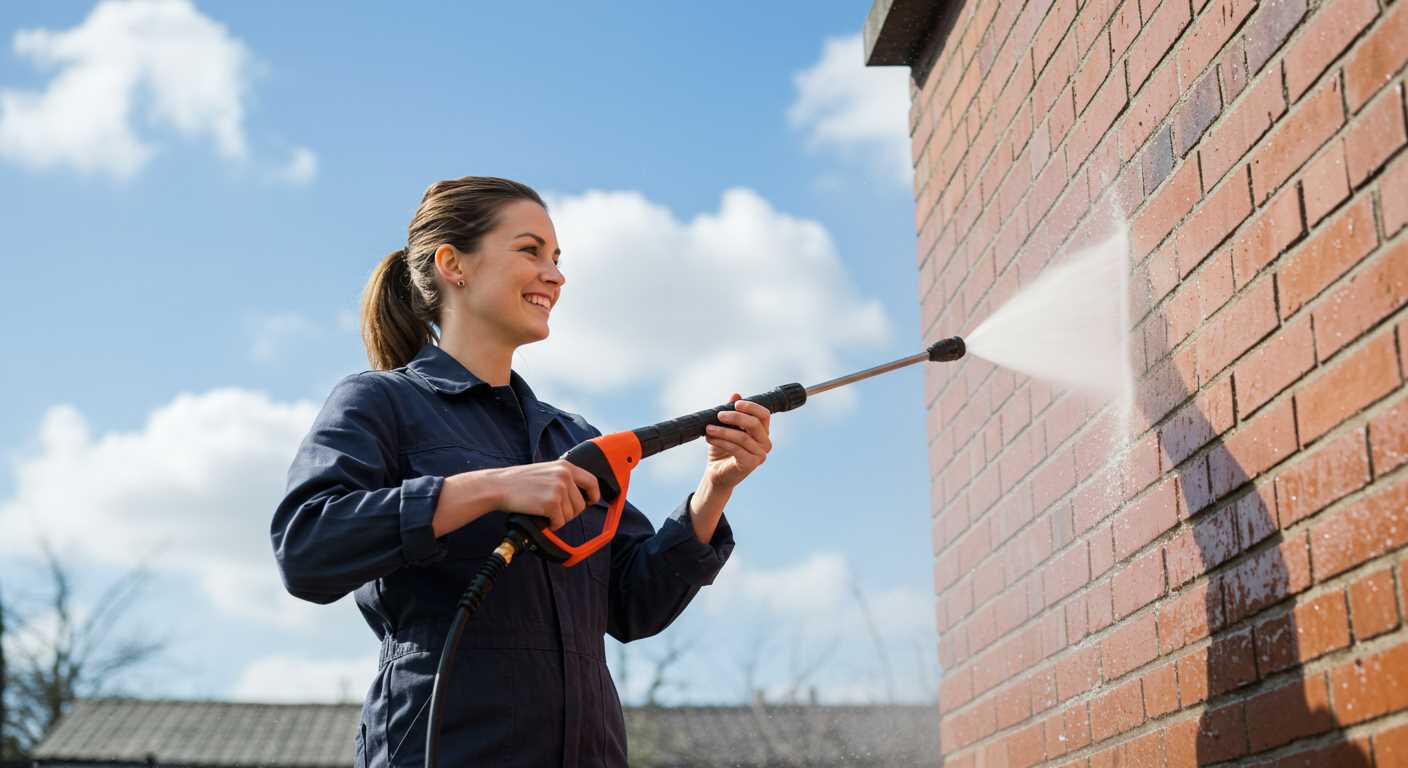
To achieve a seamless connection between a cleaning attachment and your power washer, certain adjustments may be necessary. Using adaptations can significantly enhance the compatibility of the two devices. Consider the following specific methods to ensure optimal functionality:
Thread Adaptors
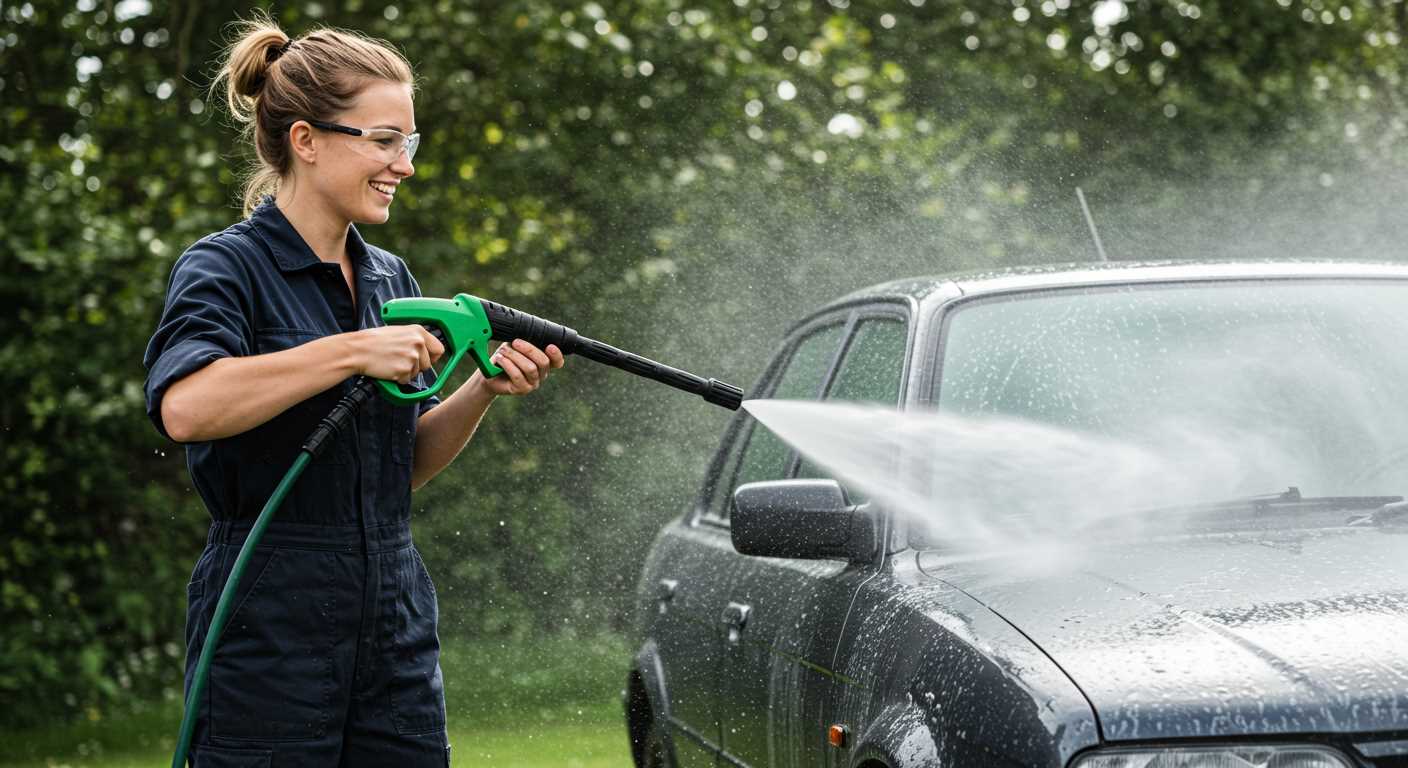
Thread adaptors are a practical solution for mismatched sizes. Before purchasing, measure the thread diameter and pitch of both the dedicated accessories and machine. Universal adaptors are often available and can save you the hassle and cost associated with replacing equipment. These components can bridge the gap between devices with different thread sizes, allowing them to operate effectively together.
Extension Hoses
In some instances, a longer hose might improve the connection or accessibility. Ensure that any extensions maintained the necessary pressure levels for efficient operation. Opt for well-reviewed, heavy-duty hoses that can handle the specific demands of your equipment. Doing so ensures that water flow remains uninterrupted and that the effectiveness of your cleaning sessions is not compromised.
Moreover, keeping the hose length within optimal limits prevents a drop in water pressure, which can hinder overall cleaning performance. Select hoses compatible with your current fittings, and do not hesitate to consult customer support if needed.
Custom modifications might involve minor adjustments to the existing fittings. In some cases, a simple adjustment with Teflon tape to create a secure seal or a slight reconfiguration of the connection can improve the fit significantly.
Employing these modifications and enhancements will not only increase efficiency but can extend the life of your equipment, allowing for a more versatile cleaning experience without the need for frequent replacements.





